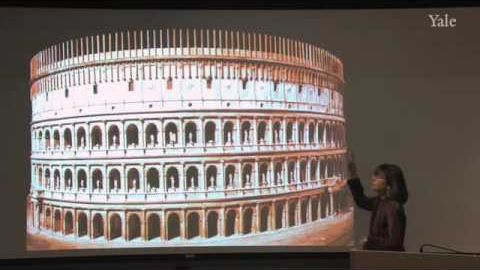
Subtitles & vocabulary
12. The Creation of an Icon: The Colosseum and Contemporary Architecture in Rome
00
Sofi posted on 2015/01/12Save
Video vocabulary
look
US /lʊk/
・
UK /lʊk/
- Noun (Countable/Uncountable)
- Person's beauty or physical attractiveness
- Particular style of dress, clothes, or appearance
- Intransitive Verb
- To appear to be; seem
A1
More fact
US /fækt/
・
UK /fækt/
- Noun (Countable/Uncountable)
- Something that is known or proved to be true
A1
More build
US /bɪld/
・
UK /bɪld/
- Noun
- Your physical shape; physique
- The process of construction.
- Transitive Verb
- To establish e.g. a reputation, over time
- To construct a house, office, factory
A1TOEIC
More concrete
US /kɑnˈkrit, kɑŋ-, ˈkɑnˌkrit, ˈkɑŋ-/
・
UK /'kɒŋkri:t/
- Uncountable Noun
- Hard building material made of cement, sand, water
- Transitive Verb
- To cover or make with a hard grey building material
- To lay or cover with concrete.
B1
More Use Energy
Unlock All Vocabulary
Unlock pronunciation, explanations, and filters
